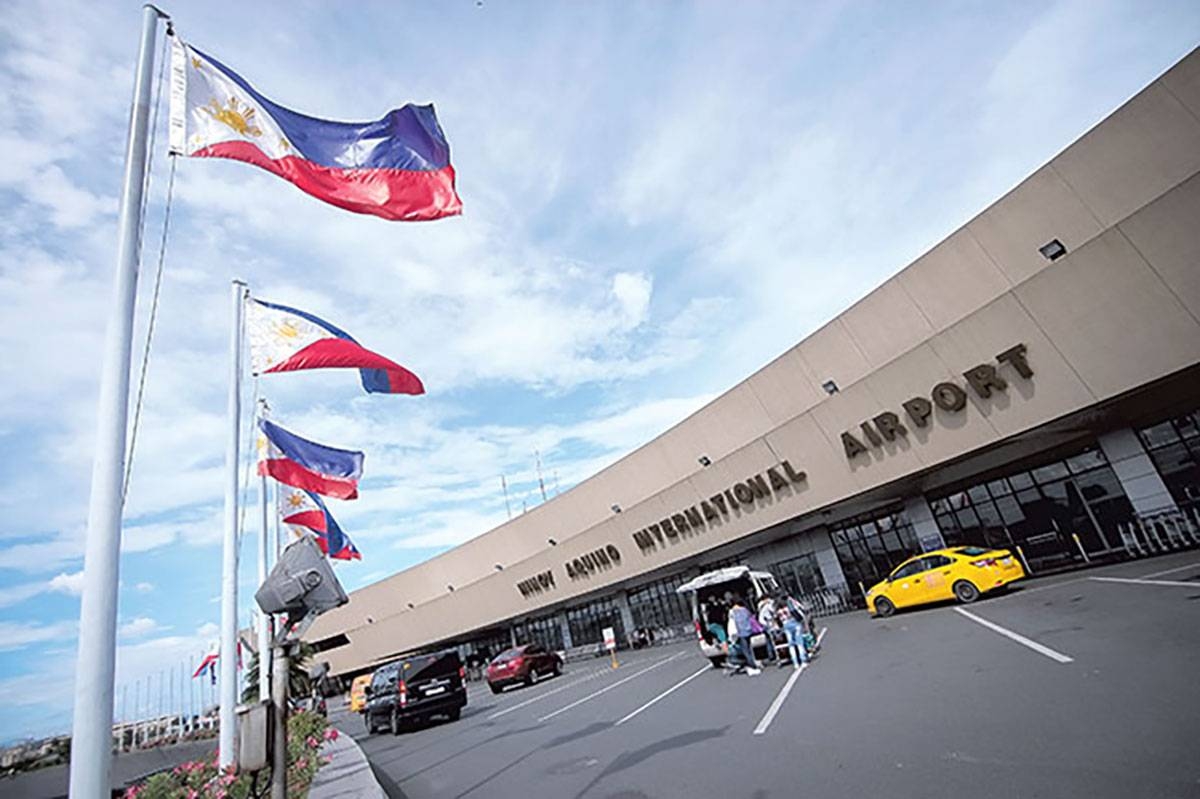The Department of Transportation (DoTr) has recently announced that the privatization process for the Ninoy Aquino International Airport (NAIA) has progressed to the next stage. This development marks a significant step towards enhancing the efficiency and quality of services provided at one of the busiest airports in the Philippines.
The decision to privatize NAIA comes as part of the government’s efforts to improve the country’s transportation infrastructure and attract more investments in the aviation sector. By involving private entities in the management and operation of NAIA, the government aims to leverage their expertise and resources to bring about positive changes and advancements in airport services.
San Miguel Corp. (SMC), a prominent conglomerate in the Philippines, along with its partner, SAP, has emerged as one of the key players in the privatization process. SMC-SAP has expressed its interest and commitment to participate in the bidding for the NAIA project. Their involvement brings a wealth of experience and knowledge in infrastructure development, making them a strong contender for the privatization venture.
The move towards privatization is a common practice in many countries worldwide. By allowing private companies to manage and operate airports, governments can tap into their efficiency and innovation to improve the overall airport experience for passengers. Privatization often leads to better facilities, enhanced services, and increased investments in airport infrastructure.
While the privatization of NAIA presents numerous opportunities for growth and improvement, it is crucial to consider the potential challenges and concerns that may arise. One of the primary concerns is ensuring that the privatization process does not compromise the safety and security of the airport. The government must establish stringent regulations and oversight mechanisms to guarantee that the highest standards of safety and security are maintained.
Another aspect to consider is the impact on the employees currently working at NAIA. The government must ensure that the privatization process includes provisions to protect the rights and welfare of the airport workforce. This may involve implementing measures such as job retention programs, retraining opportunities, and fair compensation packages for affected employees.
Furthermore, it is essential to involve relevant stakeholders, such as airlines, passengers, and local communities, in the decision-making process. Their input and feedback can provide valuable insights into the specific needs and expectations of the airport users. By incorporating their perspectives, the privatization process can be tailored to address the unique challenges and requirements of NAIA.
It is worth noting that the privatization of NAIA is just one part of the government’s broader strategy to improve the country’s aviation sector. The Philippines has been actively pursuing initiatives to modernize airports, upgrade air traffic management systems, and enhance connectivity with other countries. These efforts are aimed at positioning the Philippines as a key player in the global aviation industry and attracting more tourists and investors.
In conclusion, the announcement of the next step in the privatization process for the Ninoy Aquino International Airport (NAIA) is a significant development in the government’s efforts to enhance airport services and infrastructure. The involvement of San Miguel Corp.-SAP brings expertise and resources that can contribute to the successful privatization of NAIA. However, it is crucial to address concerns regarding safety, employee welfare, and stakeholder engagement to ensure a smooth and beneficial transition. With proper planning and execution, the privatization of NAIA has the potential to transform it into a world-class airport that meets the needs and expectations of both domestic and international travelers.







